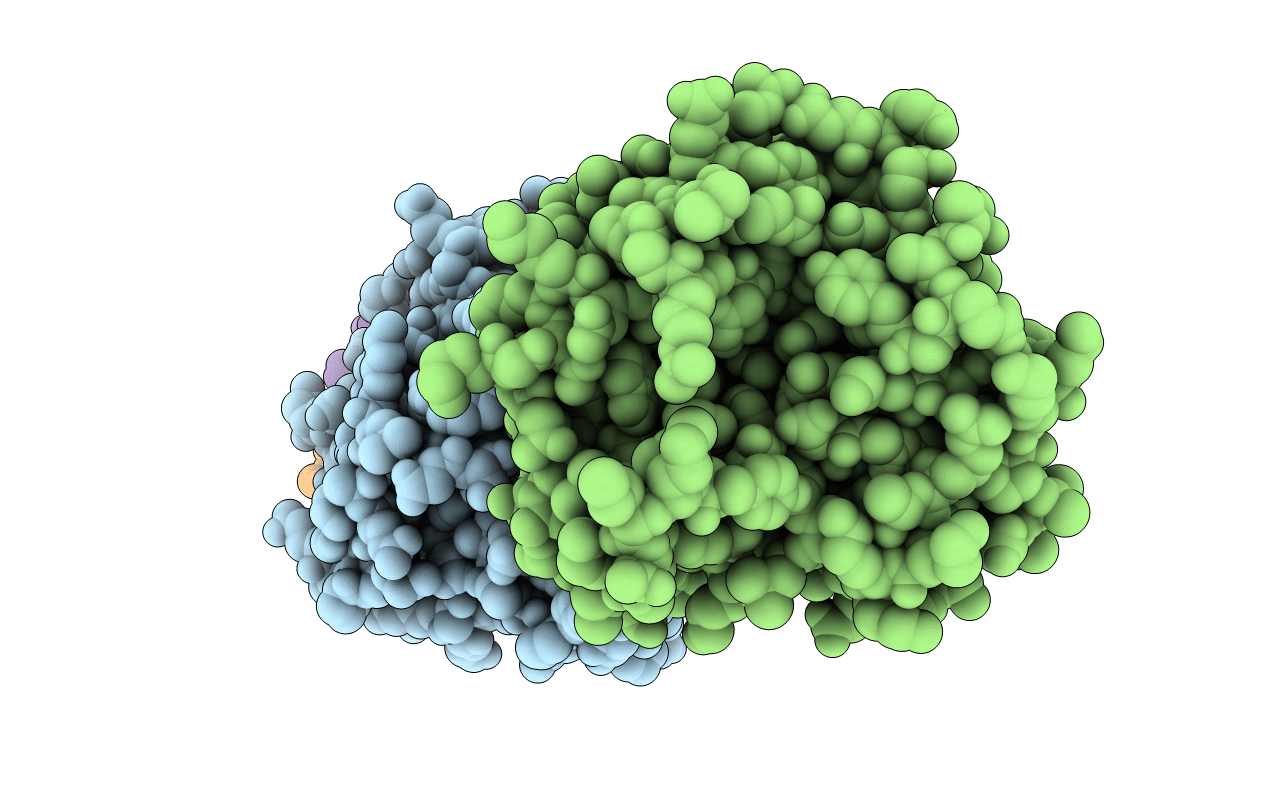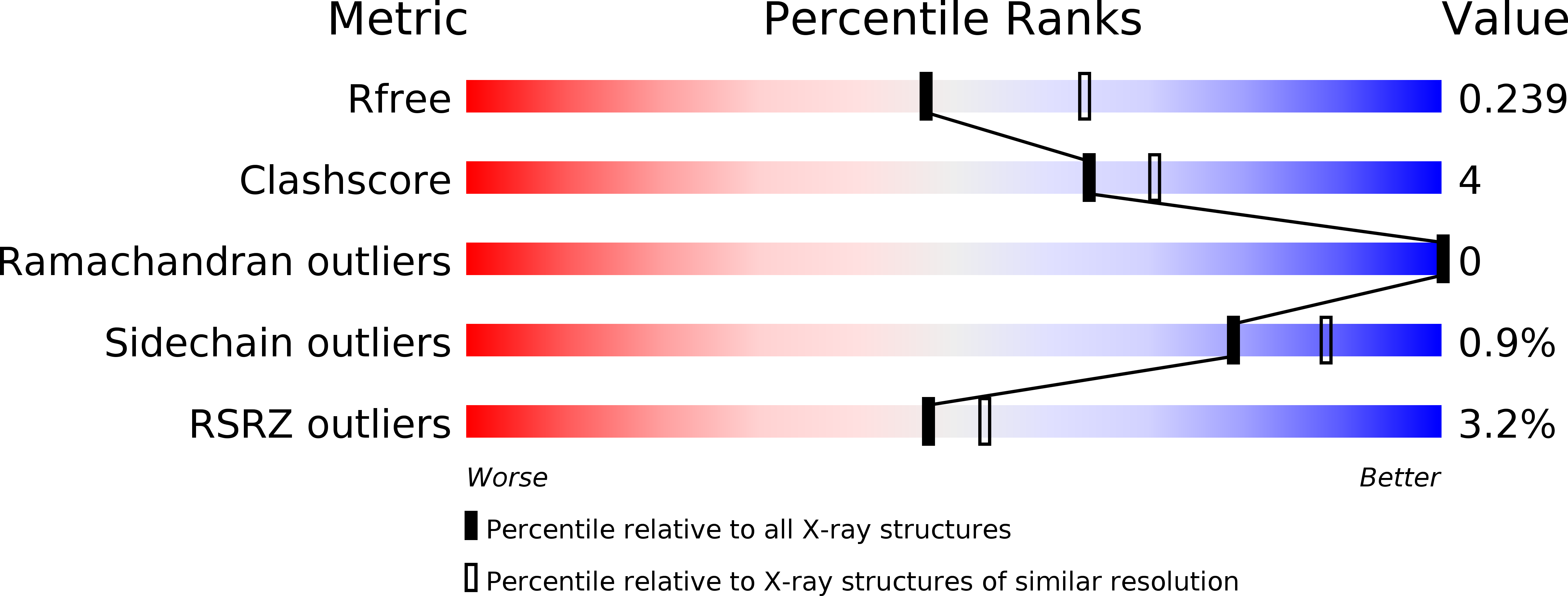
Deposition Date
2017-07-31
Release Date
2018-02-28
Last Version Date
2023-10-04
Entry Detail
PDB ID:
5WN2
Keywords:
Title:
APE1 exonuclease substrate complex with phosphoglycolate
Biological Source:
Source Organism:
Homo sapiens (Taxon ID: 9606)
synthetic construct (Taxon ID: 32630)
synthetic construct (Taxon ID: 32630)
Host Organism:
Method Details:
Experimental Method:
Resolution:
2.29 Å
R-Value Free:
0.23
R-Value Work:
0.18
R-Value Observed:
0.19
Space Group:
P 1 21 1


